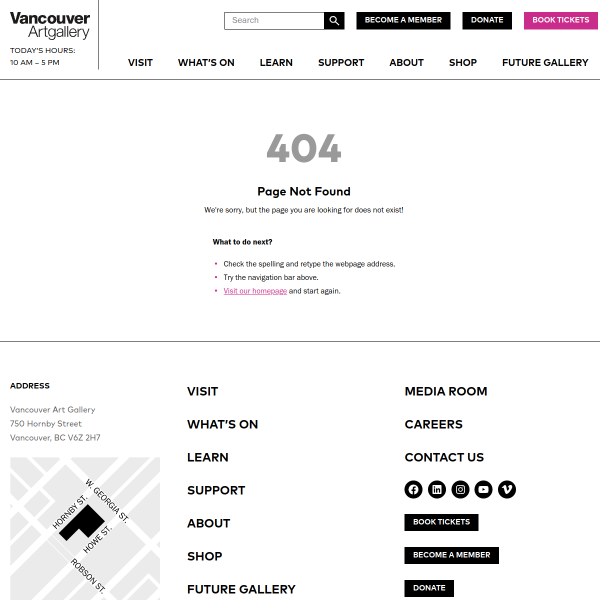Fred Herzog and Citizen History
Posted by Richard on Thursday, 10 May 2007You have a few days left to visit the Vancouver Art Gallery to see Fred Herzog's photographs from the 1950s of Vancouver and Vancouverites, which shows a short interview of the photographer and another room featuring his photos projected with the theme of The City as Art. (The city as museum!) I strongly recommend it, especially if you can go on a night where lots of people attend: as a 10-year resident of the city, and in my late 20s, I don't have much history here, but overhearing those who have lived hear reflect on the past of a city sometimes described as a city without a past. Almost too bad there aren't microphones recording these conversations: the photographs evoke memories of neighbourhoods lost or grown, some now barely recognizable but still with their distinguishing features. Call it citizen history or crowd-source history, which are new words for "people's history", but these stories and perspectives are important and interesting.
Herzog captured the mundanity of a growing city, much like John Goldsmith in Vancouver and Kemp Attwood in Paris, France, do today. (To name two street scene photographers on my Flickr contact list, hoping not to intimidate them with comparing them with someone with Herzog's stature.)
I'm just a beginning hobbyist photographer, interested in people and urban transportation (esp. trains) but I find Goldsmith's and Attwood's and Herzog's photographs, and the philosophy of documenting places and small events of the city that might blow away in the winds of history, very inspiring.
But enough faux-pretentiousness: the exhibit shows until May 13th, so time is running out. As a bonus, there's even a Jeff Wall photograph on the bottom floor in the Photography as Theatre exhibit on the ground floor!
&utm_content=Google+Reader)


